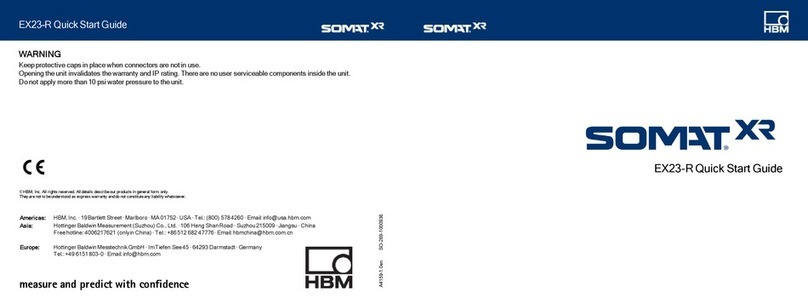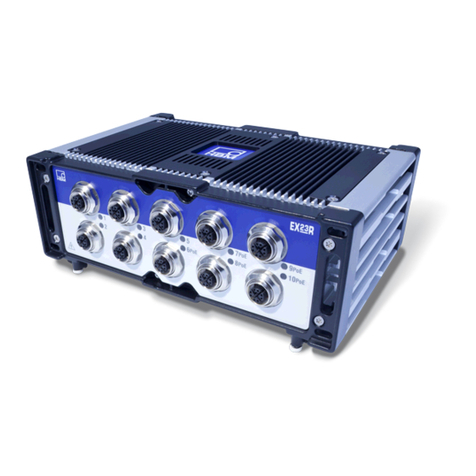
4A0293_06_E00_03 HBM: public MP85A
5.7.1 Ethernet interface 40..........................................
5.7.2 CAN interface 42.............................................
5.7.3 PROFIBUS interface (MP85ADP/MP85ADP‐S only) 43............
5.7.4 Profinet interface (MP85ADP-PN/MP85ADP-PN‐S only) 45.........
6 Switch settings/Replacing the battery 47......................
6.1 Changing the supply voltage for active sensors 47................
6.2 Replacing the battery 48.......................................
6.3 CAN termination resistor 49....................................
7 Starting up/Setup mode 50...................................
7.1 Operation 52.................................................
7.1.1 Device settings, measured values, process status, PROFIBUS,
memory card, error types, firmware update, device backup 52......
7.1.2 Overview of all groups and parameters 59........................
7.1.3 Setting parameters on the device 61............................
7.2 Hardware setup 62............................................
7.2.1 Power supply/transducers 62...................................
7.2.2 Connection via Ethernet 63....................................
7.2.3 Connecting the CAN adapter (USB) 63..........................
7.3 Installing the PME Assistant software 64.........................
7.4 Using the PME Assistant 65....................................
7.4.1 Using the Ethernet interface 66.................................
7.4.2 Using the USB interface 66....................................
7.5 Automatic version detection 68.................................
7.6 Firmware updates 68..........................................
7.7 Offline mode 70..............................................
8 Measurement procedure 71...................................
8.1 Data reduction 71.............................................
8.2 Classification 74..............................................
8.3 Limit monitoring in real time 75.................................
8.4 Hiding external tolerances 75...................................
8.5 Evaluation criteria 77..........................................





























